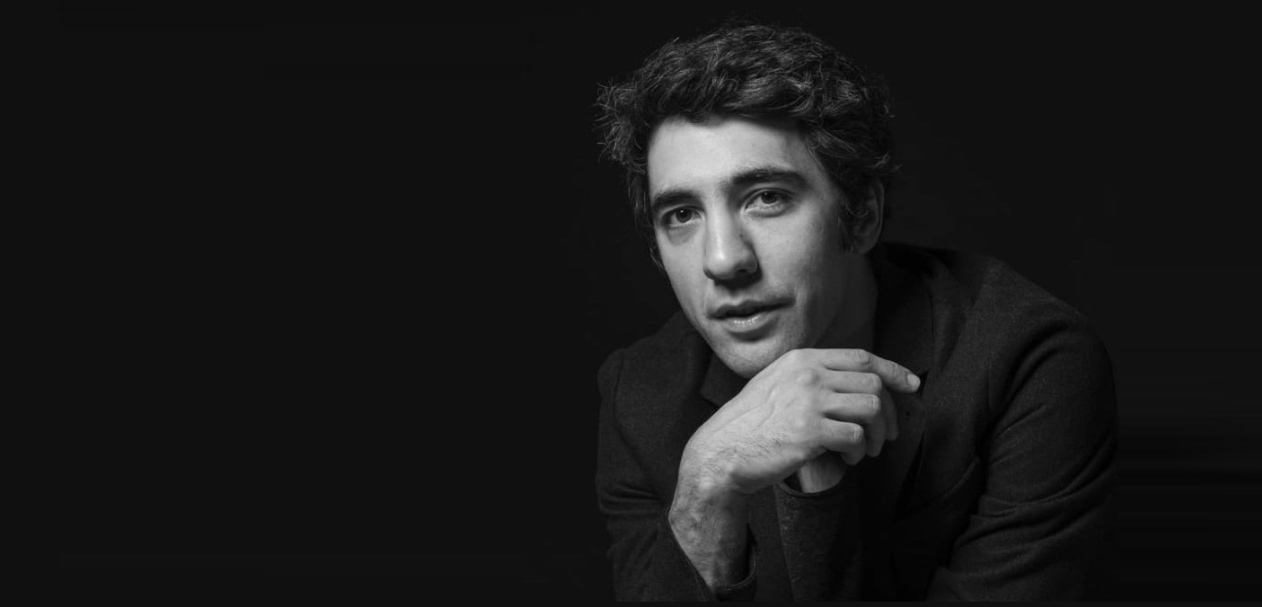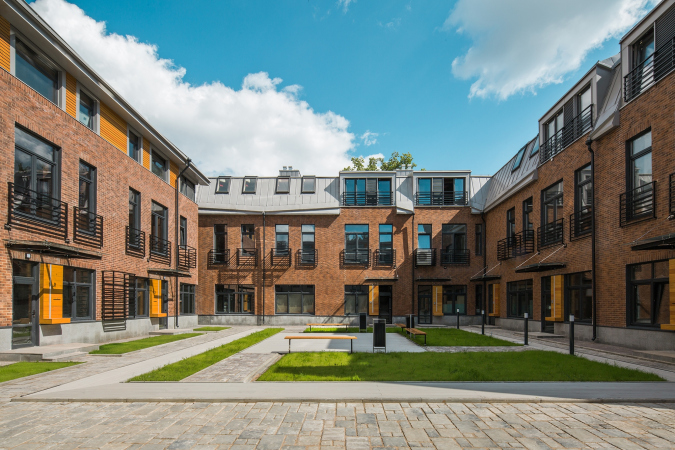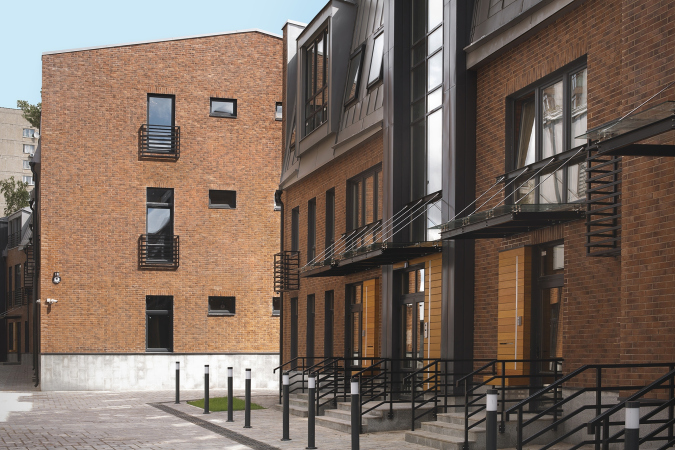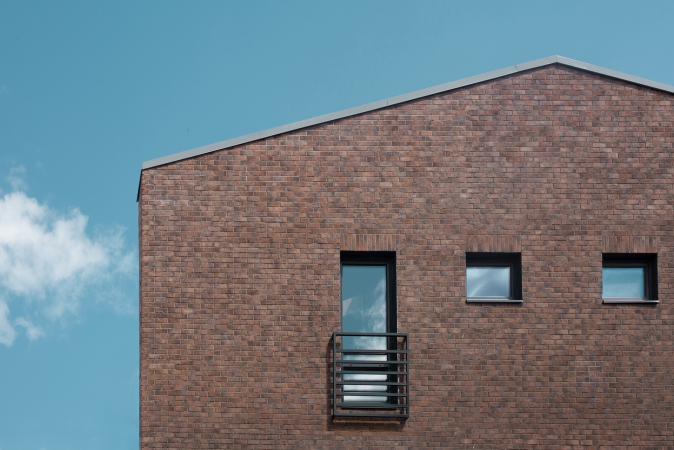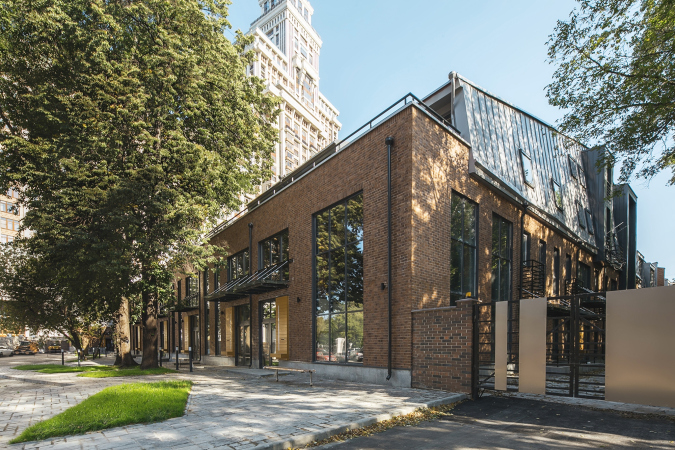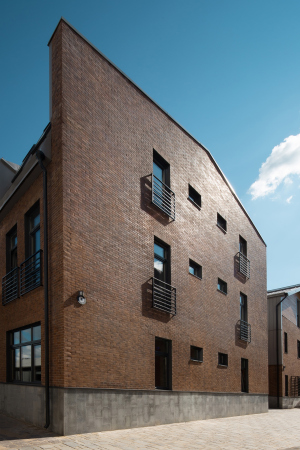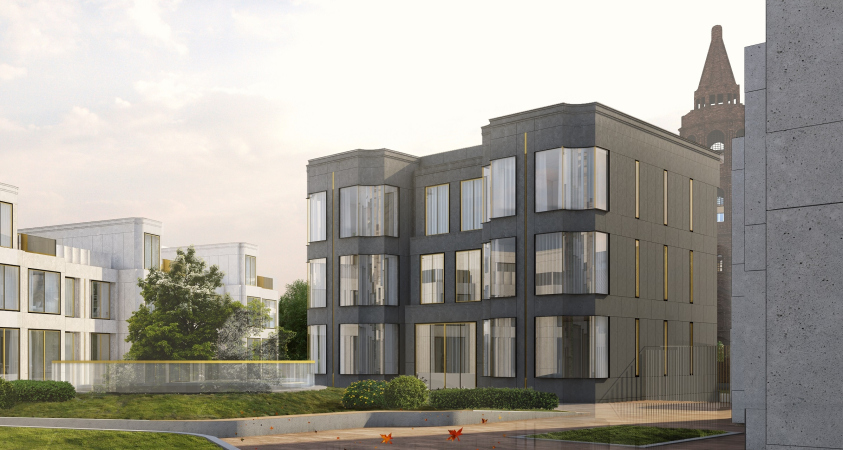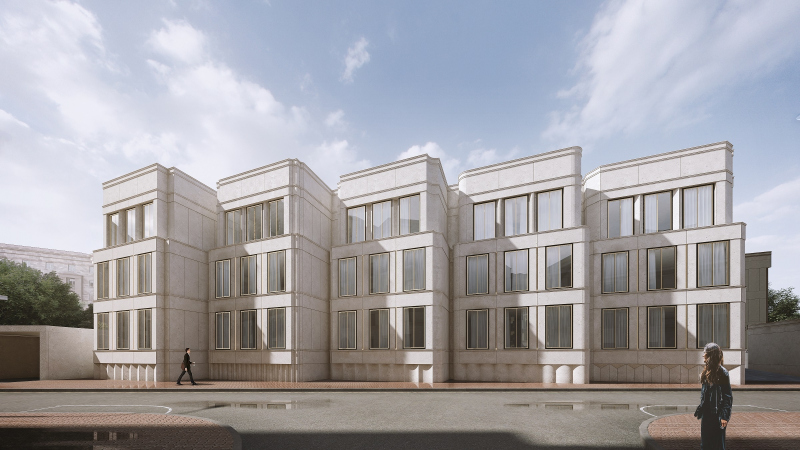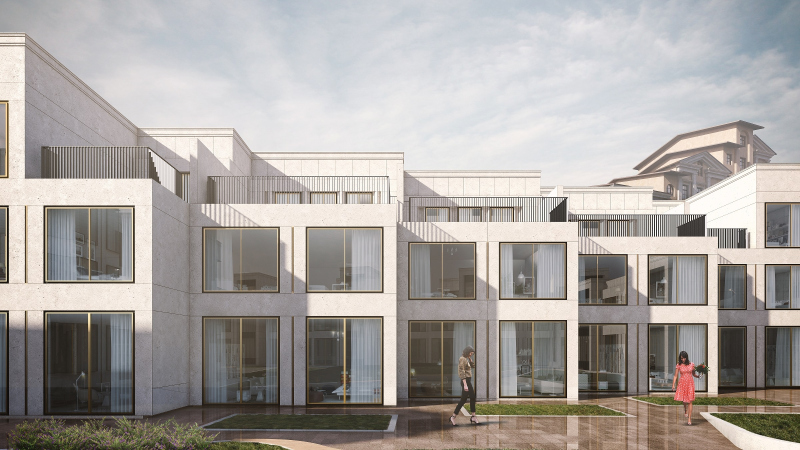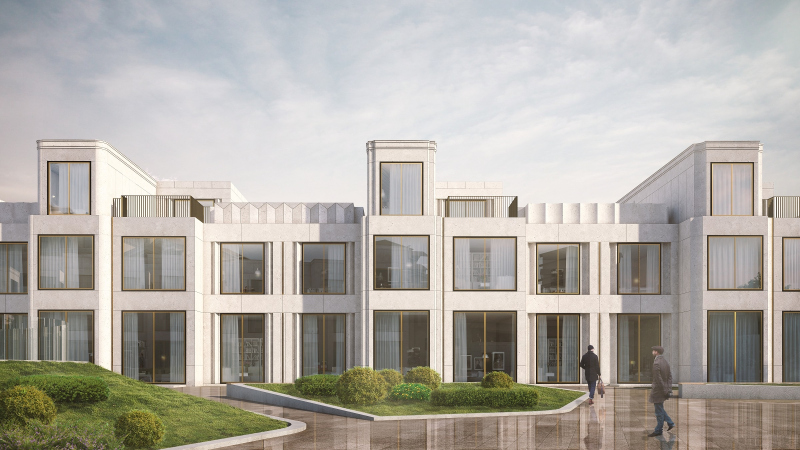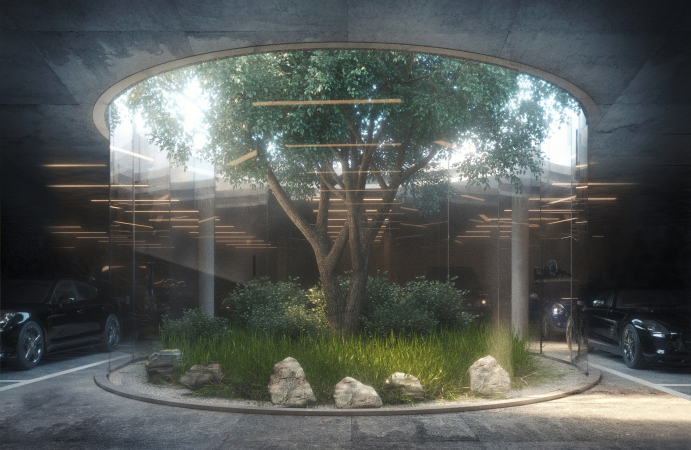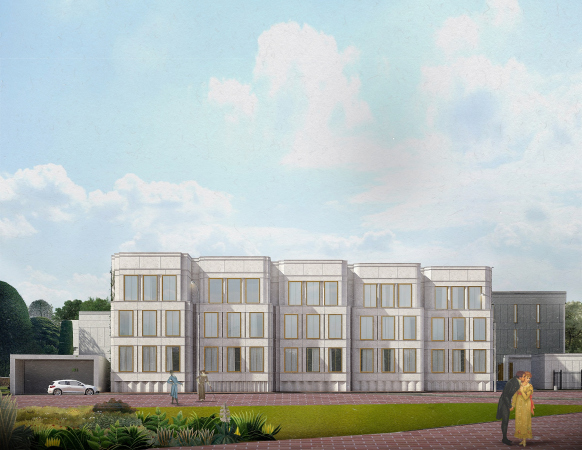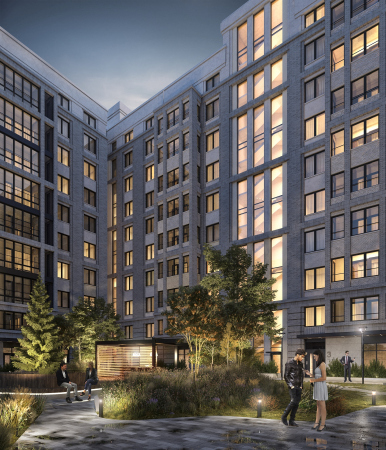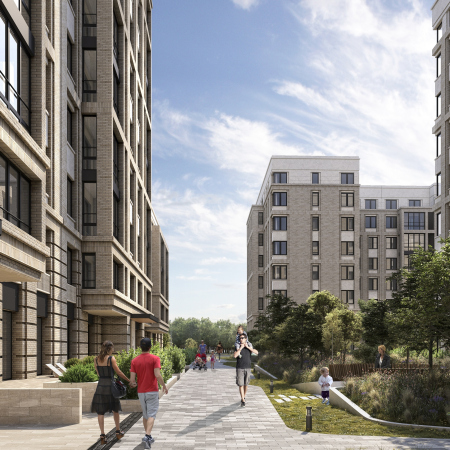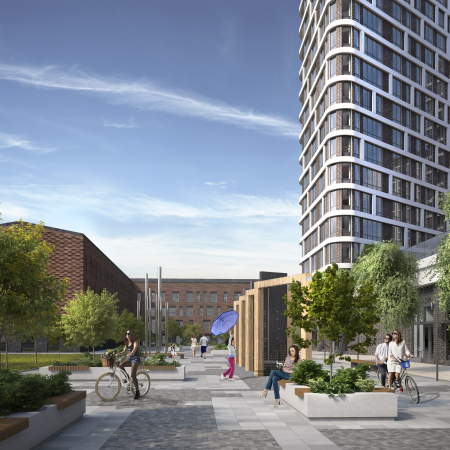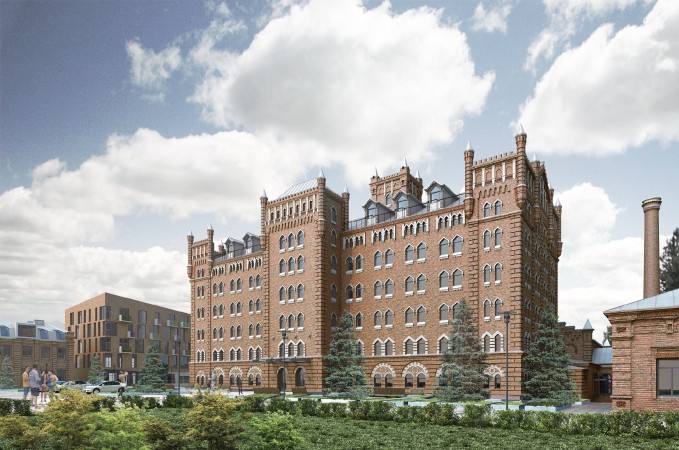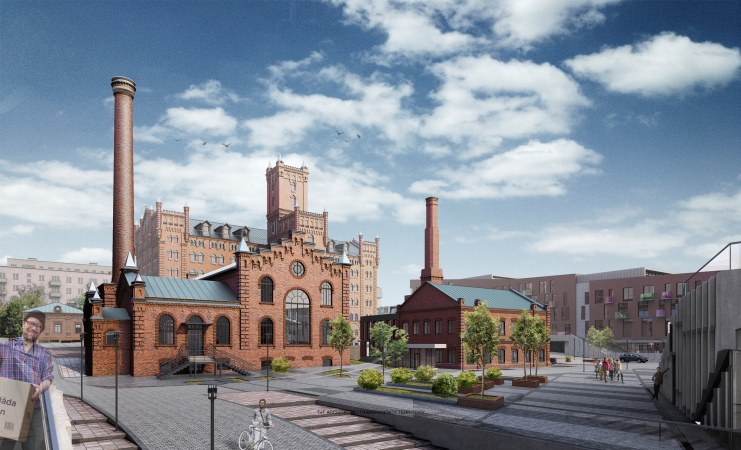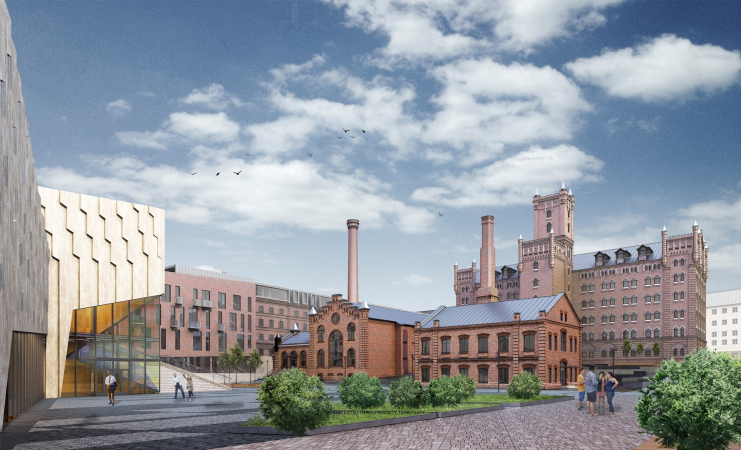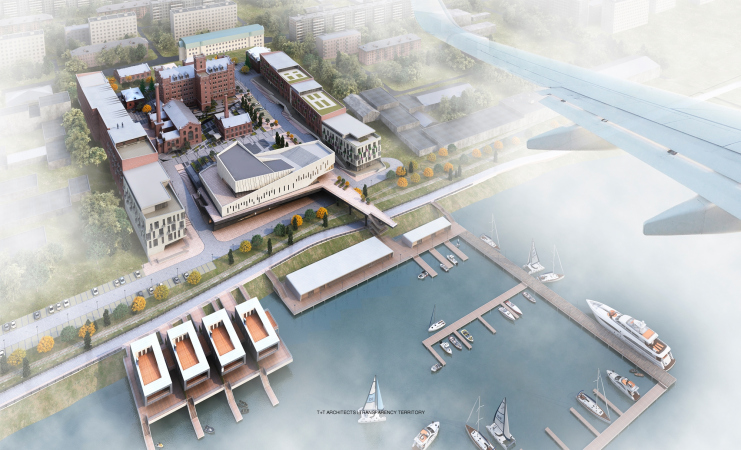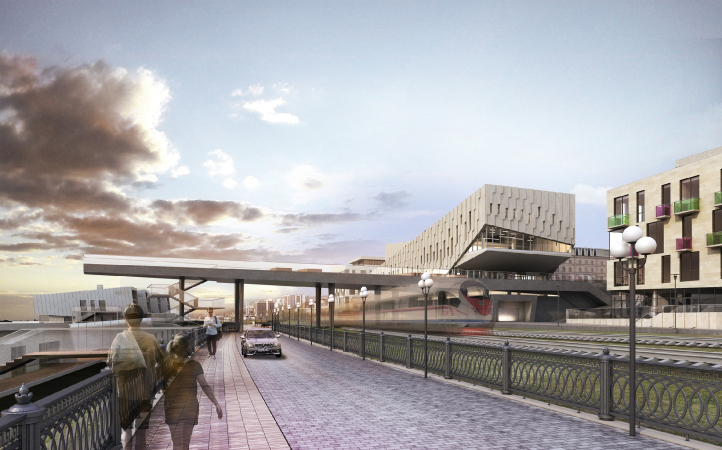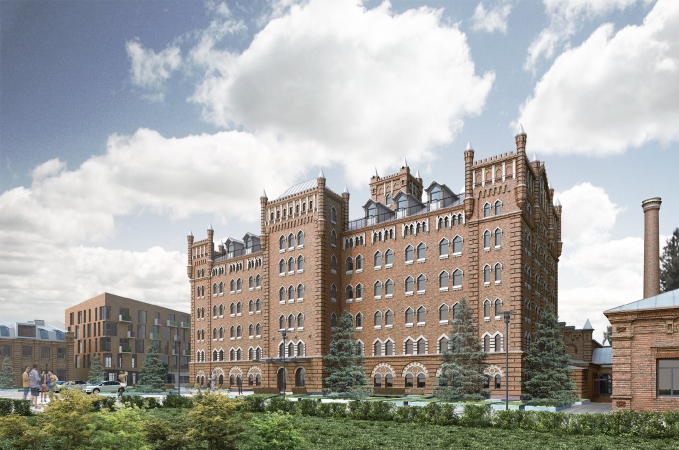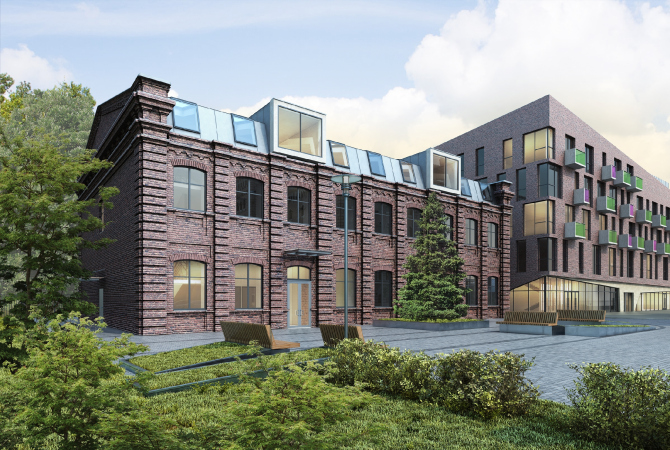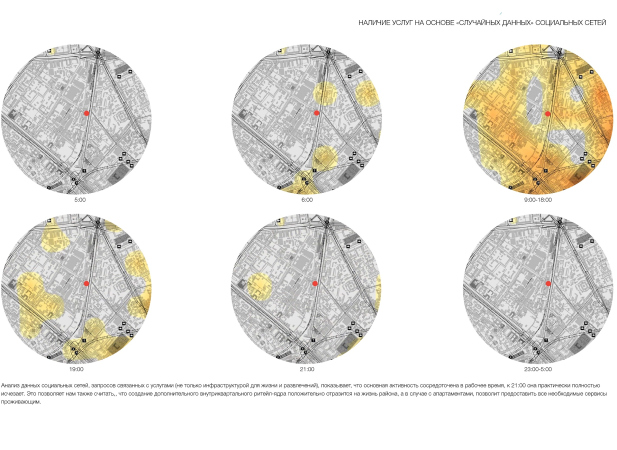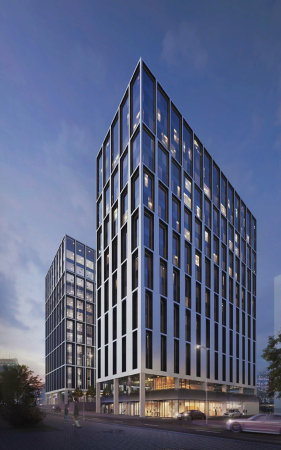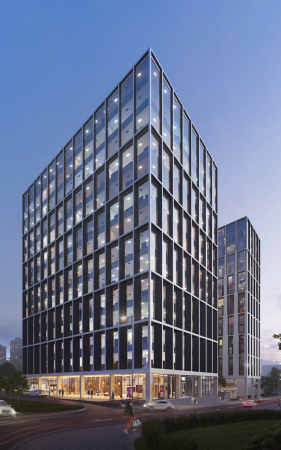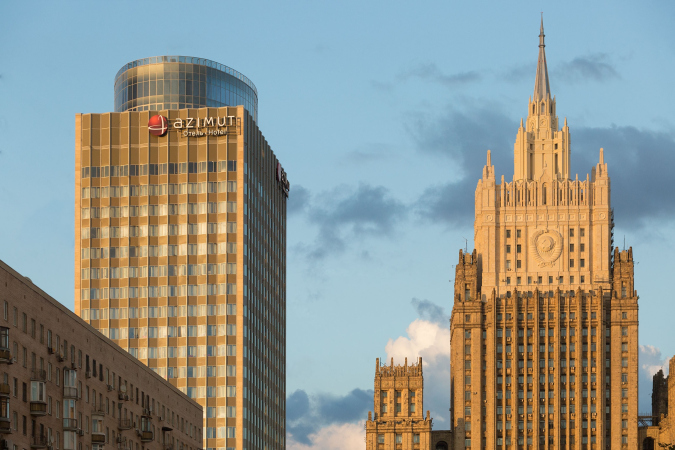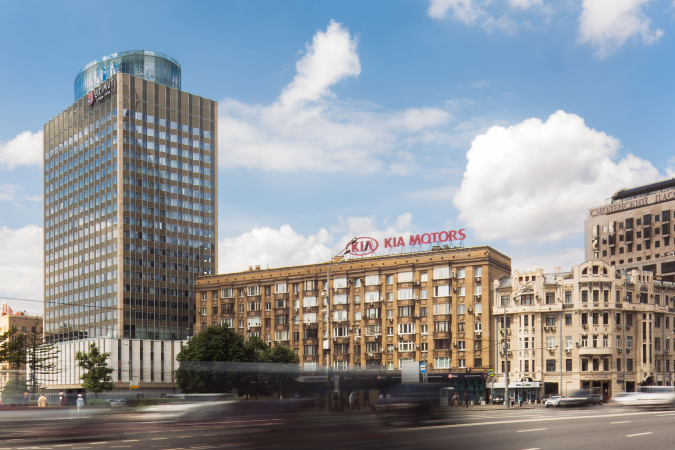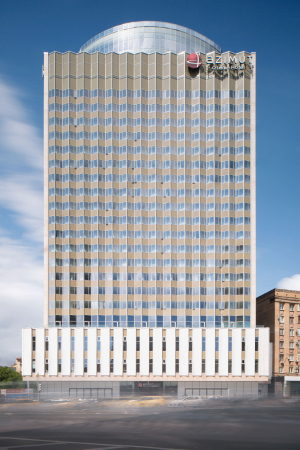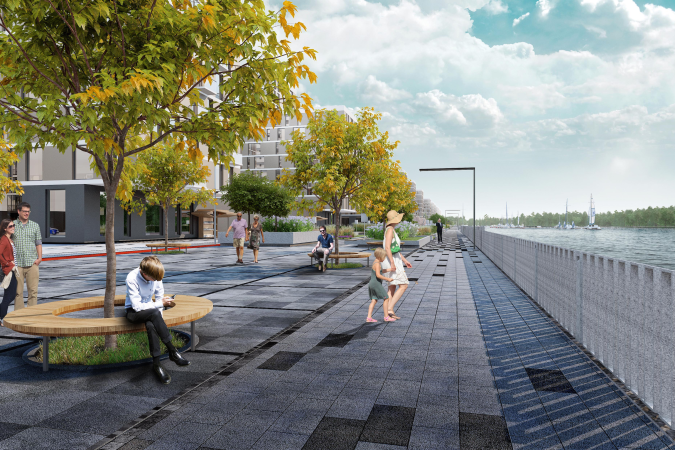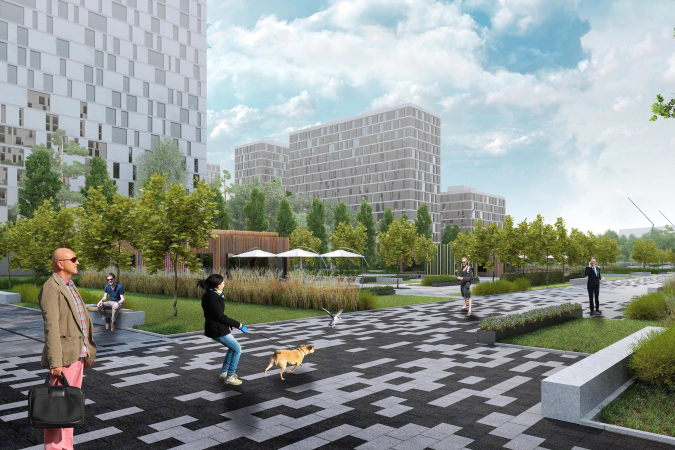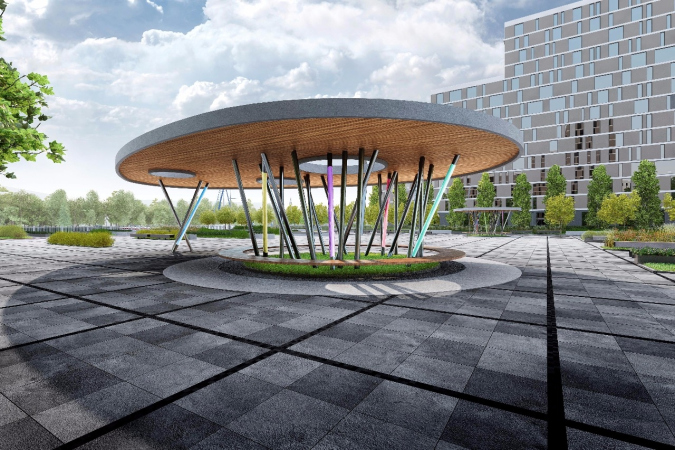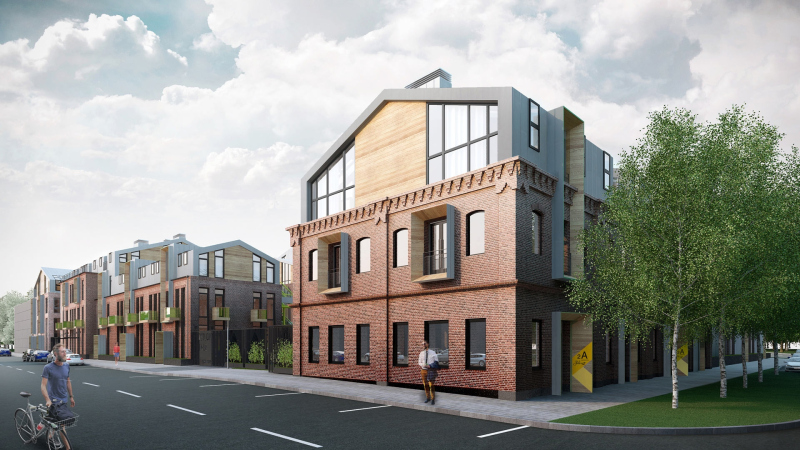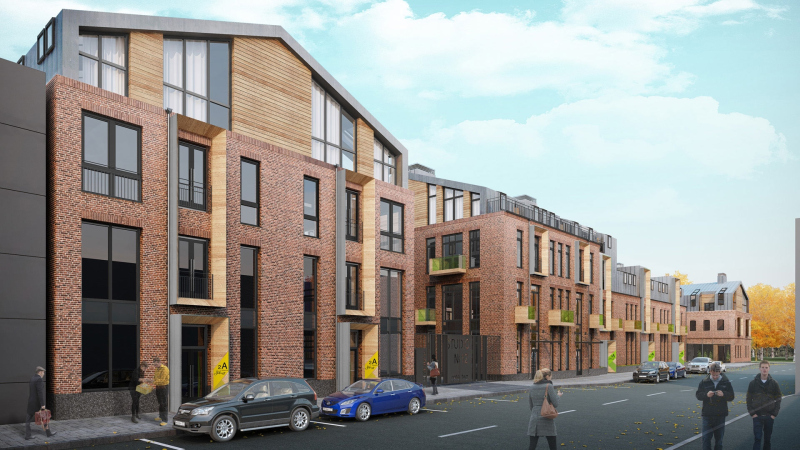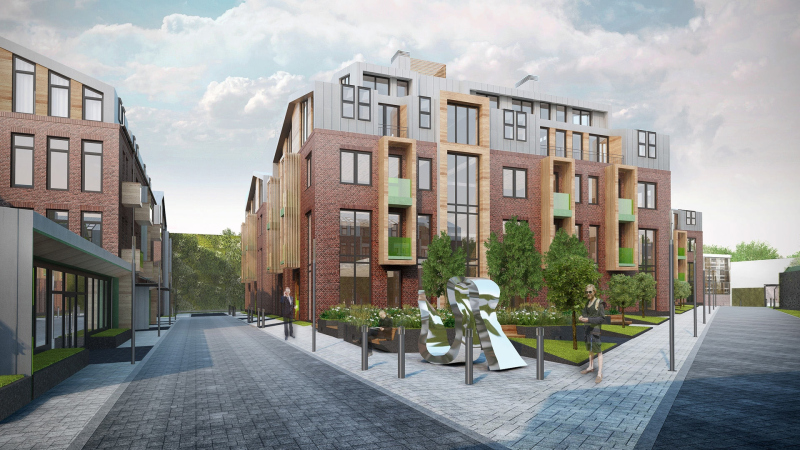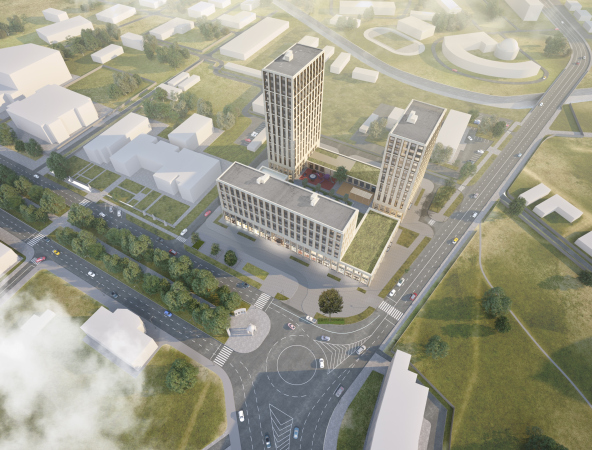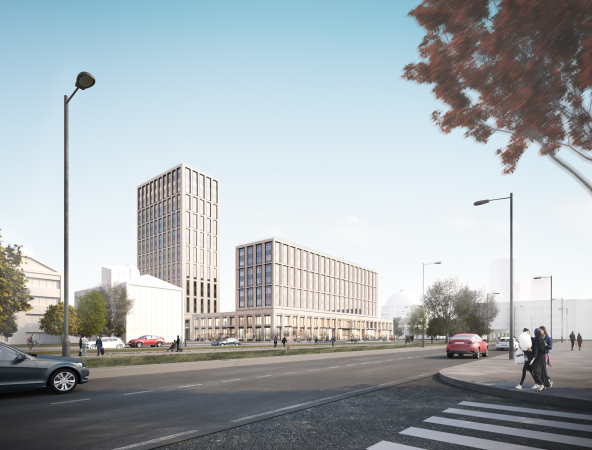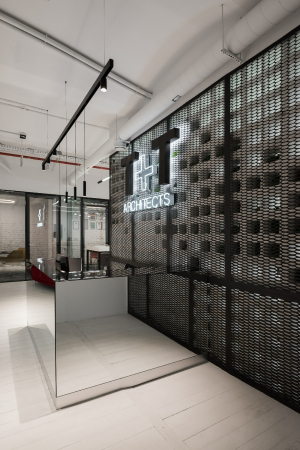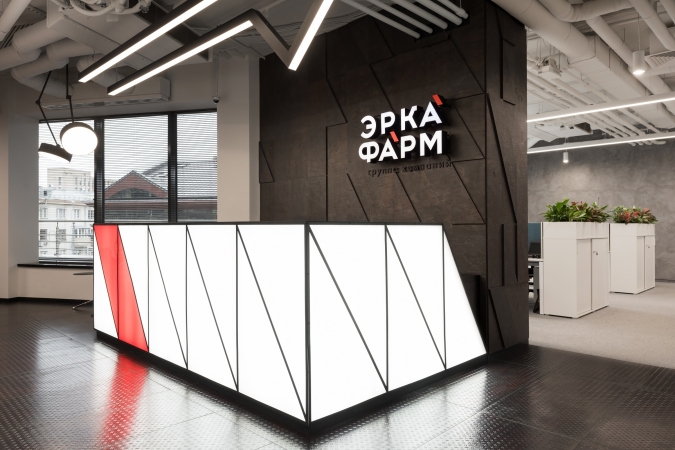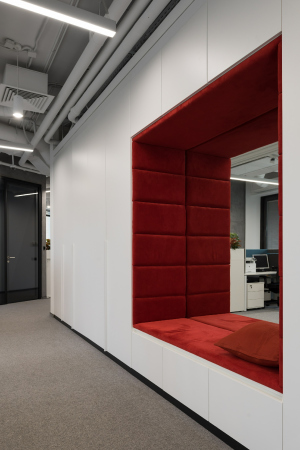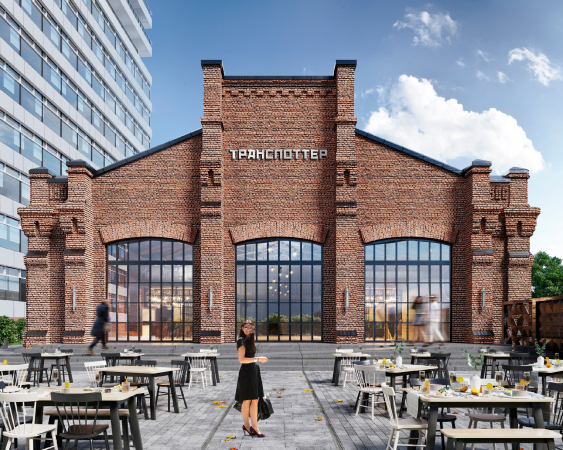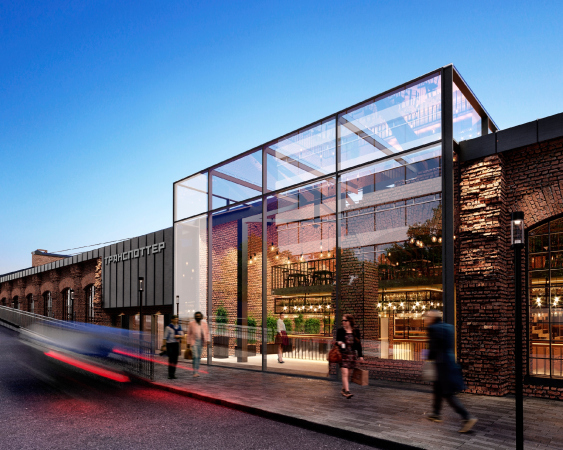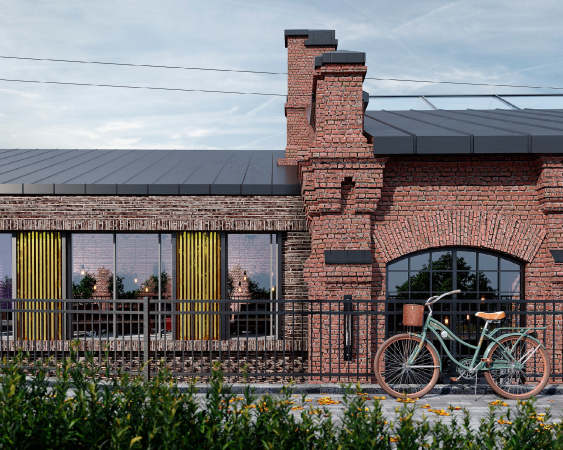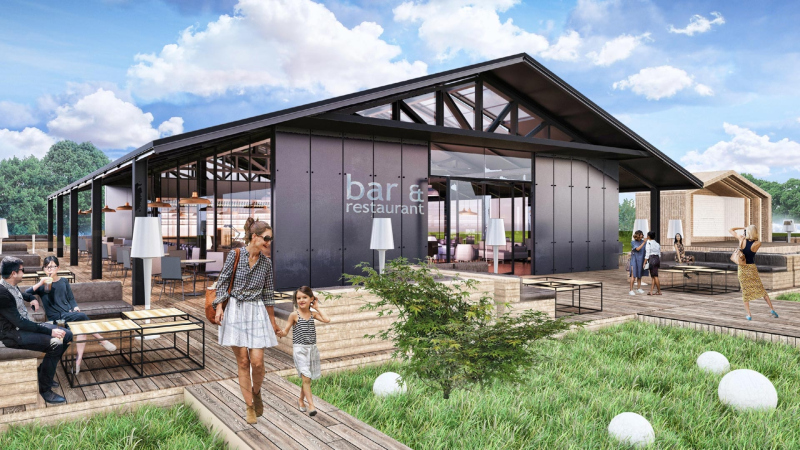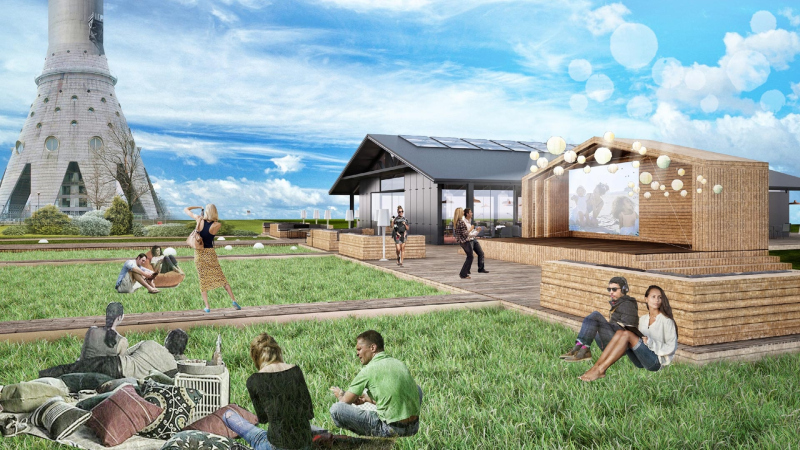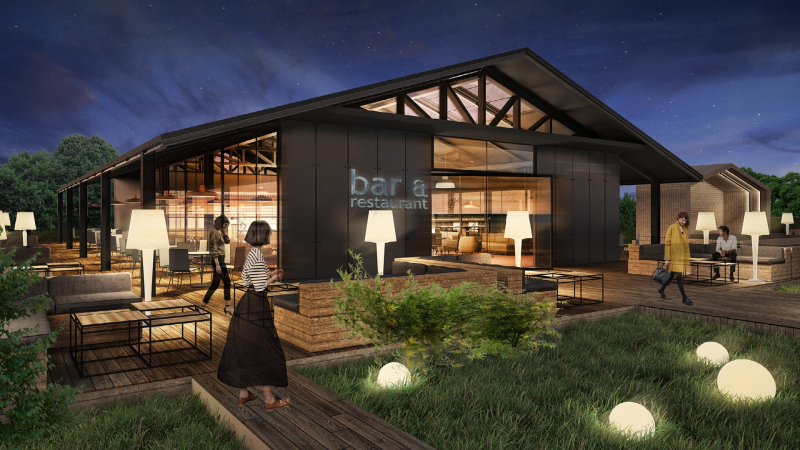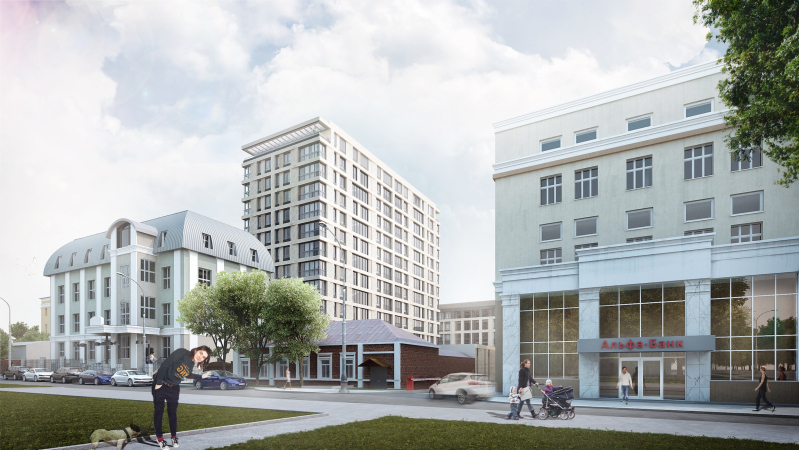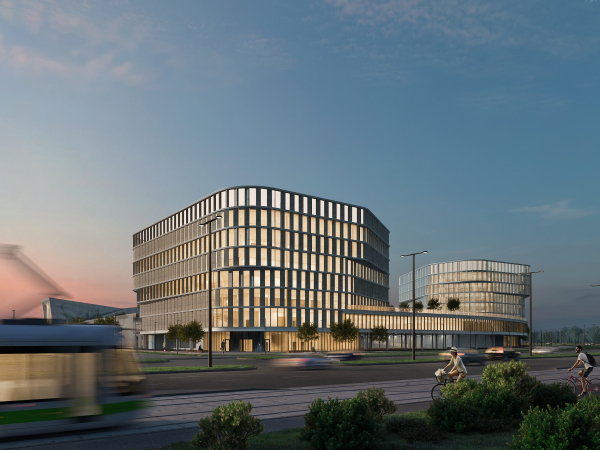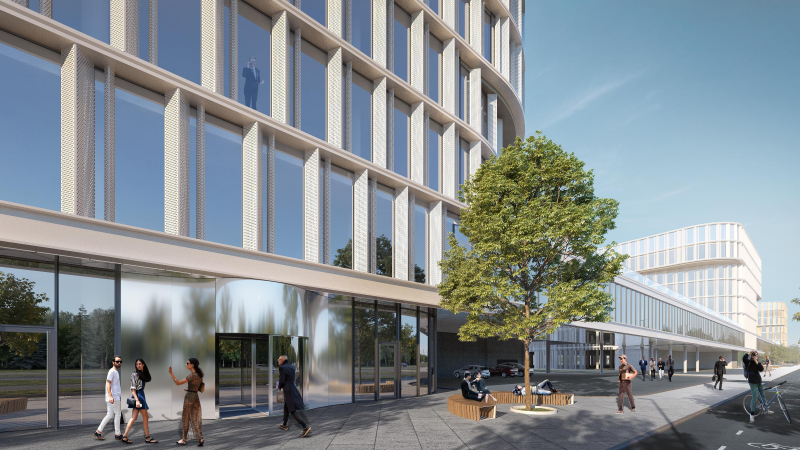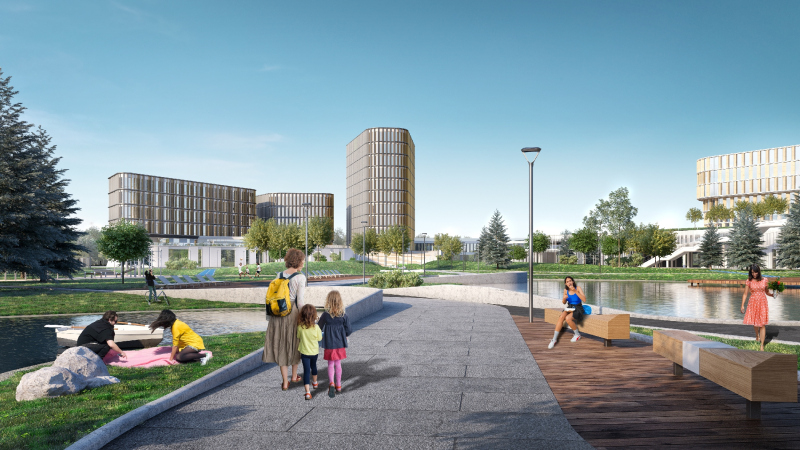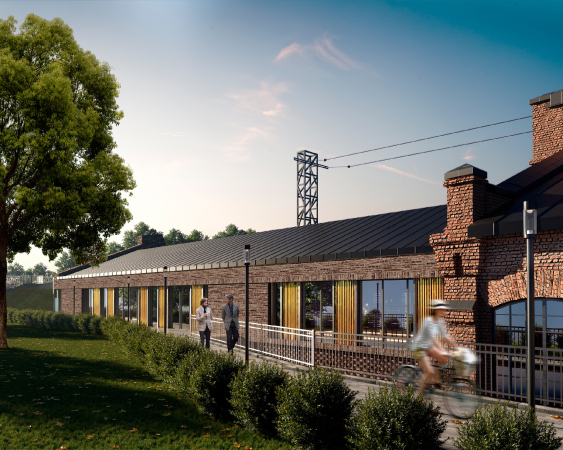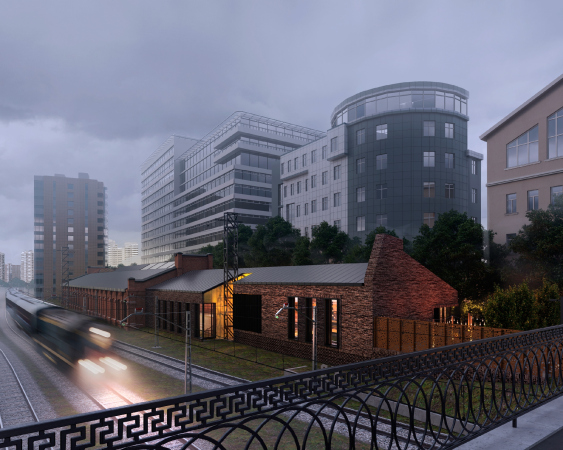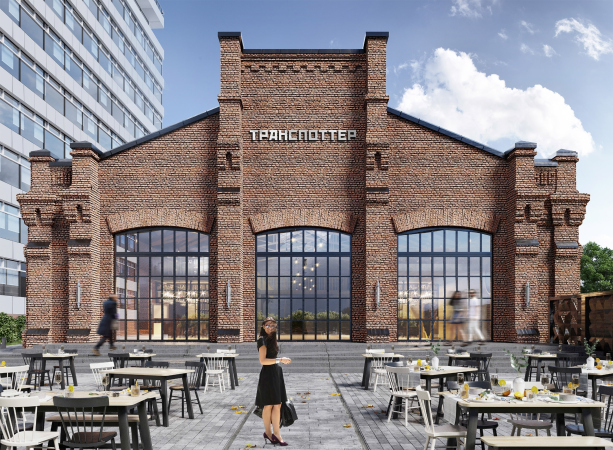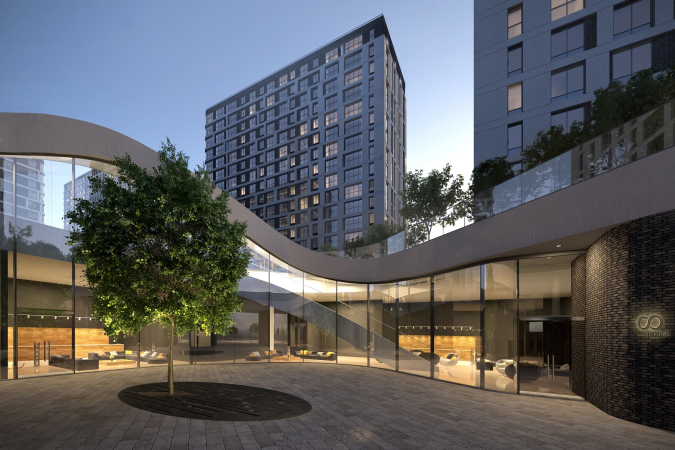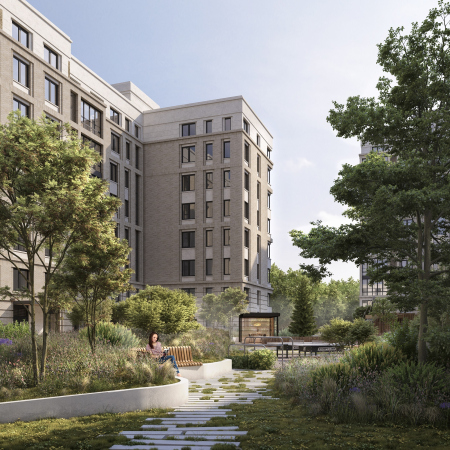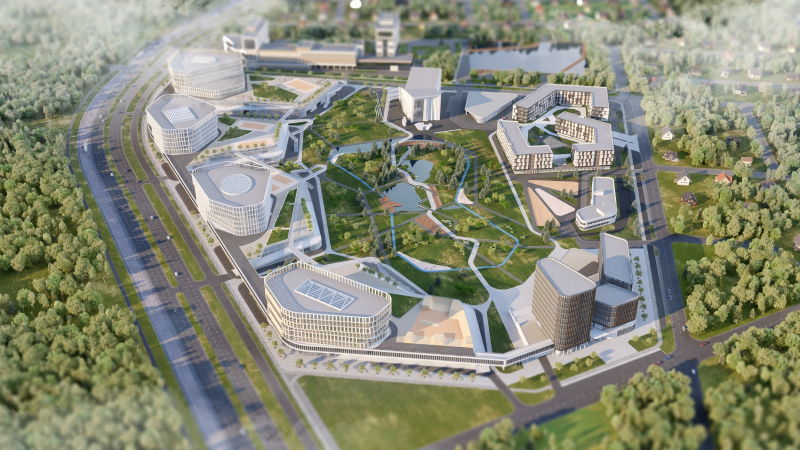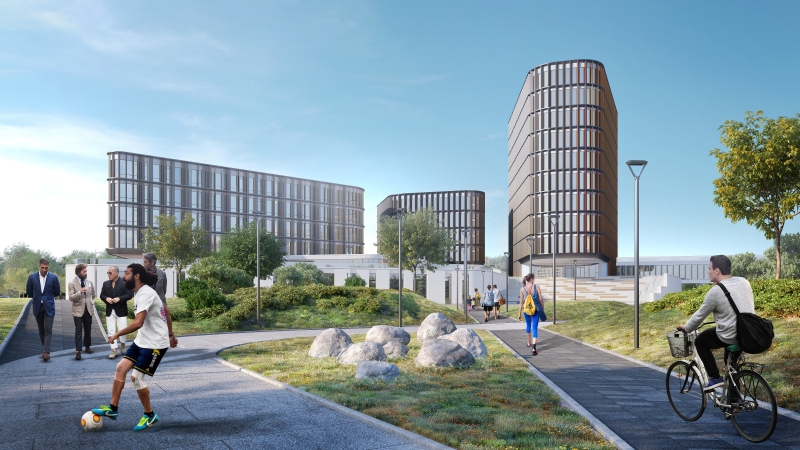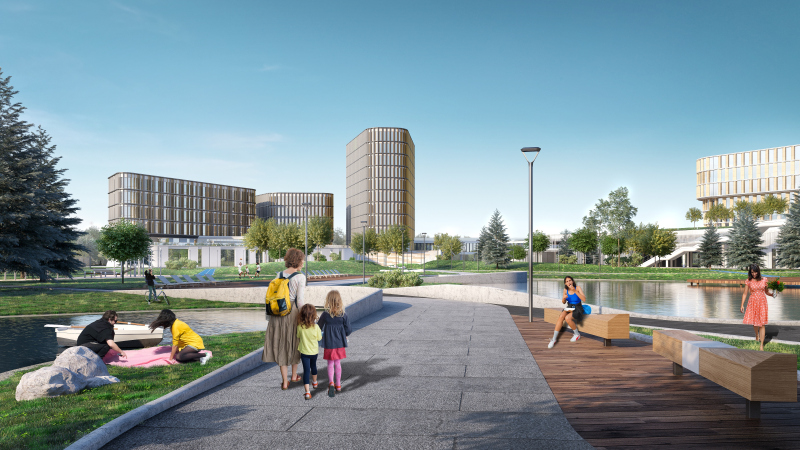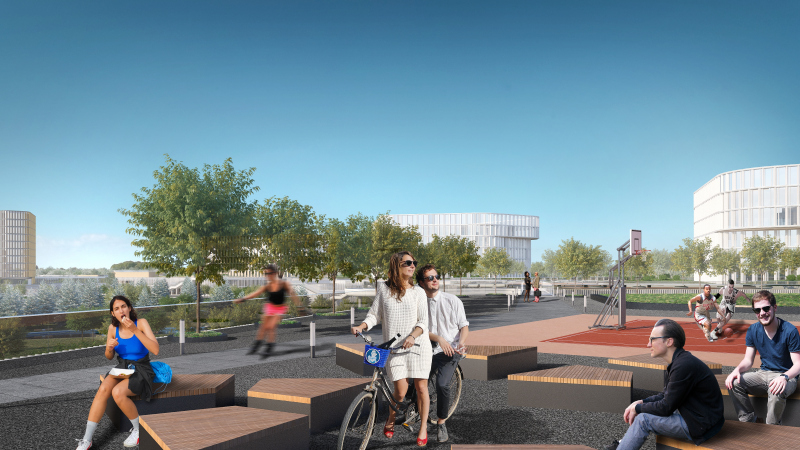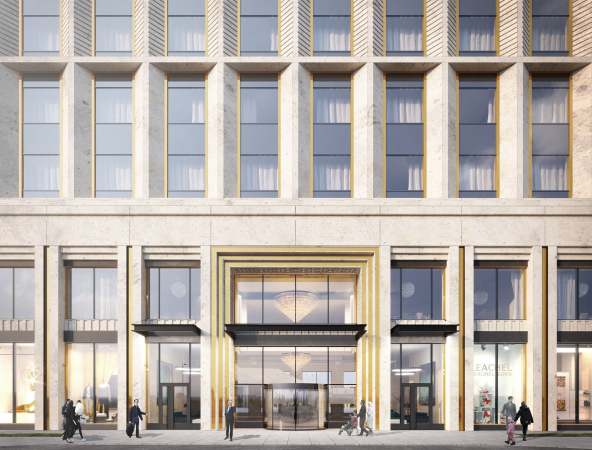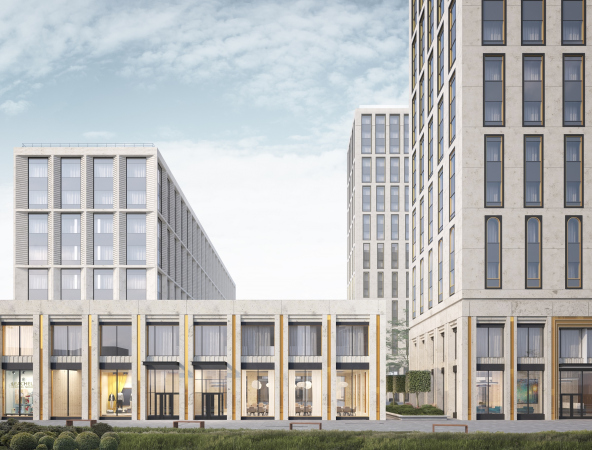Sergey, over this year, your company has already been able to land a few contracts for designing large-scale housing projects in the regions, even though you used to place your bets on commercial interior design and redevelopment. Has your company changed its profile?
Housing projects have always been a part of our portfolio, although, yes, you are right, they haven’t been a priority. Today you could say that construction industry is driven by the housing market because it generates new projects much more frequently than any other sector. And we already have enough expertise and resources to undertake even massive scale projects. For the time being, though, we are placing our bets on business class housing because this is an area where the developer competes not so much with the price and location as with conceptually interesting and relevant offer for the market.
Back in the day, we designed the loft apartments Studio #8, which, thanks to the interesting design concept and a great marketing campaign, were sold out still at the initial stage. This is a vivid example of a metropolitan housing project where we were able to successfully combine the esthetic and financial parts, and ultimately it all worked out even better than we had expected.
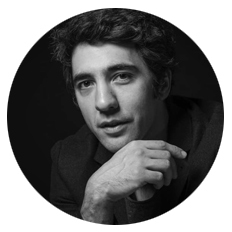
Can you name popular trends on today’s housing market?
I would divide these into two groups: ones that are relevant for Moscow, and ones that are relevant for regions. The metropolitan housing market has become highly competitive, and there is struggling going on at every level – location, price per square meter, architectural design, apartment floor plans, landscaping, and infrastructure. This is serious integrated work, and you cannot say that this or that branch is the main one. Therefore, you could say that the general trend is all about creating a comfortable living environment.
In the regions, however, the situation is different. The construction pace can be somewhat slower but the range of tasks is even wider – there are opportunities for creating new landmarks, keep up the existing fabric of this or that area or come up with a new kind of your own, think beyond just designing an individual house in itself but make sure it makes a positive difference to the city environment. However, so far the developers only pose local tasks: budget, architecture: budget, architecture, floor plans, landscaping, and so on. In this case, it is crucially important to change your vector for integrative evaluation of the projects that address all of these factors. In the housing projects that we designed for Ekaterinburg and Ufa, we specifically took care to provide an all-round analysis of the project, including the construction budgets and the marketing costs.
What requirements are posed by today’s clients?
In most cases, we get to work with people who know how to count their money. And this is the key question in terms of building up your further relationship. The lucrative years, when architecture was solely about aesthetics, are gone. They gave way to a harshly pragmatic approach when budgets were cut and construction was simplified all over the place. And now the market has moved to a whole new level – the architecture becomes the cornerstone for aesthetics and popularity of the project, as well as the role that it will play in its environment. Furthermore, it helps to shape up the unique commercial proposal.
We came to a new understanding of the process – and we try to combine the aesthetic function of architecture together with the public and market ones. While still briefing the project with our clients, we try to come up with proposals that are potentially financially successful under the stipulated conditions. And this is a whole different level of communicating with your client. This is how it was with “Melnitsa Shmidta” in Saratov, where we proposed seven functional scenarios in order to ultimately choose the one that worked best for our client. For the developer, it’s a serious asset in implementing his project. And our expertise allows us to come up with the best solutions.
That is, you make a fair bit of research about the construction sites, prices, and such like? Isn’t all this supposed to lie in the area of the client’s responsibility?
Yes, it is. When our client has an extensive expertise in this field, we simply get these analytical data as the “givens” of the project. However, when the client is unable to provide us with such information we help him with it. And such projects make much more sense because you don’t have to cut costs when you are halfway into the project, and go a few steps back to make major revisions to the concept when you are already designing the details. We also account for risks and many other factors.
Furthermore, architecture no longer lives an isolated independent life. Today, when different fields of human activity transform and mutually penetrate into one another, you cannot just ignore this process thinking that it has nothing to do with you. For example, when they were doing a redevelopment project of London’s Docklands waterfront area, the leading roles were played by economists and urbanists, with architects coming into play later on down the line. And this determined to a large extent the appearance and the success of this area. Such method is equally applicable to a whole number of human activities.
Your portfolio includes completely different projects scattered all across the country. How do you explain such multiple vectors of development?
We have been through several stages of development, and we never wanted to stick to one single branch. Generally speaking, geography does not matter for us either. This is how it turned out to be in the course of our work, though: one of our first large-scale projects was renovating the territory and reconstructing the buildings in Orenburg into a project named Merchant Zaryvny’s Windmill Loft. At that moment, there was just a handful of architectural firms that were ready to undertake such a complex project, and we were among the first. Our successful concepts and implemented projects became the basis for our solid reputation, and more and more clients started coming in. We take an active part in competitions, both Moscow and regional, preparing concepts for different fields – not only for housing or commercial developments but also for landscaping public territories, for example.
Which one of your directions can be considered as the main one?
I would say that our main direction is multidirectional. Unlike large architectural companies that either do solely housing projects or commercial buildings, we from the very start tried to go beyond what was offered. And we are actively developing these directions – these are housing and apartment complexes, office buildings and interior design projects, redevelopment projects, hotels and recreation, landscaping, health resorts, and many other projects. Such an approach gives us an opportunity to learn and grow, not to get stale, and be constantly able to respond to new challenges. Today we have in our portfolio more than 400 competition proposals and concepts, out of which more than a hundred either grew into a project or were actually built, or are being built right now in different stages of construction.
Don’t you think that bring such an all-purpose company is not the most effective way of working nowadays? Isn’t it better to be real pros in some specific area than to try to have all of them covered?
Cannot agree with that. It all comes down to your fundamentals and to the way you approach your work. Our company has a lot of branches in it where real professionals work. And, bonus, they can flow from one department to another if they want to master a new specialty. At the same time, we will never take on a project that we are not sure we are capable of handling. In our case, we place our bets on high quality and customer-specific approach. Standardized solution for mass construction are definitely not our thing. We are ready to make a turnkey project from beginning to end, not limiting ourselves to architecture but also making an accent on the adjacent areas. Plus – we have a fresh take on things. When you start working on a market that is new for you, you inevitably evaluate your project from all sides – as a designer and as the end consumer. Therefore, be that a concept of a restaurant, such as “7th Heaven” in Ostankino, renovation of an old train depot near the Kurskaya metro station, or a club housing project – we are always ready to propose original solutions that will be appropriate for this particular project.
But the competition is still tough, isn’t it? How do you handle it and coexist with larger architectural companies, including international ones?
We are more flexible and mobile. Each of our employees is an autonomous unit, an independent professional with a broad horizon. Yes, there are specifics out there but people are constantly learning and try their hand at different tasks. Sharing the expertise among the departments is an important part of our operations. And this is what gives us the opportunity to summon up our resources for some grand-scale project or to efficiently distribute different tasks among our people when we have many minor projects to work upon.
Yet another issue of large architectural offices is mass production, in all ways. When you work with a million square meters, you will hardly have the time for unique customized solutions. You will have a properly functioning failsafe machine but it draws a lot of resources. And if a company signs up for such a tender it must be absolutely clear about all the pros and cons. Because no company will ever cut its jobs in order to keep up its identity and flexibility. Quite the opposite – one large-scale project will be followed by another. And you have ever less room for creativity and ever more for duplication and unification. We are not after landing such contracts – yes, we do want to work with large volumes but in such a way that will not have to sacrifice the concept and the quality of execution for the sake of deadlines and sheer scale of construction. This is what makes us different from the other companies, and we work equally successfully with large projects/clients and with small ones. A vivid example of such approach is our reconstruction of a building into a Sberbank office or the project of “Contour Park” IT cluster on the one side, and the project of reconstructing the depot on the other. All of these projects require an equally meticulous approach because each of then implements unique and project solutions tailored specifically to fit the client’s needs: a hanging meeting room, a uniting gallery 700 meters long, conservation of historical buildings and so on.
Photo Contour Park / Depot
Let’s get back to the topic of the market. Does it make any sense speaking about some global trend in today’s architecture?
The global trend is the new approach towards town planning and construction. While what used to matter was the financial benefits and the output of square meters, today a lot of attention is paid to the significance of this or that project for the city. This is not to say that we no longer want to be our projects financially successful – rather, what we are trying to say is that it must be valuable not only to the developer and the end buyer but to the other city people as well. All these questions lie not only in the field of a specific volume but rather in the field of the quality of urban environment and the building’s role in it. You can build a pinpoint housing project but, better yet, you can build it with high quality landscape design, and developed social and commercial infrastructure. And – more importantly – open to the general public. In handling such tasks, we use all the tools that are accessible to us, including BigData, in order to determine people’s needs on this or that specific location – whether or not they need children development centers or, maybe they need more retail stores instead.
Does this refer chiefly to redevelopment projects?
Not only to them. We started from doing redevelopment projects, this is a tremendous layer of work that will remain relevant in this country for decades to come. There are lots of industrial parks within the city limits not only in Moscow but also in other major Russian cities – and they’ve got a huge potential. Furthermore, now and then you stumble across unique architectural solutions in those old industrial buildings. We, of course, always try to preserve such things, come up with a new function for them, and adapt them for modern use.
However, not only redevelopment alone is capable of giving new living space and new landmarks to the city. The housing construction also forms the architectural environment, and it can become a highlight of this or that area or become its logical continuation. In this case it is important to keep up the balance between the aesthetic part and the usefulness for people, and if you manage to do that, you’ve got a successful project.
What projects are you currently working on?
We have several projects going – these are housing complexes and mixed-use developments too. In the city of Ufa, we devised a concept for a housing project to be built in the Oktyabrsky district. This is a territory of 4.7 hectares, surrounded by densely packed construction environment, most of which is infrastructure. We placed 8 buildings of different height there in order to get the best insolation results. We also proposed to place the commercial infrastructure inside the podium, as well as an underground parking garage and mechanical rooms. There is an inner yard on top of the podium, and we added a lot of vegetation to it, designing a dedicated terrace next to each of the high-rises.
Concept for developing the territory limited by the streets of 50th anniversary of the UUR, Klavdii Abramovoi, and the Salavata Yulaeva Avenue
Copyright: © T+T architects
Our next development is the housing project “Alexandrovsky Garden” in the Leninsky District of Ekaterinburg. The surrounding construction is quite chaotic, and is characterized by the neighboring manor houses of the XIX century, office buildings of the XX century, and modern offices as well. On the land site, there will appear a complex consisting of three separately standing buildings of various numbers of floors. When we were forming the architectural image, we had a task to create a complex that would become a logic compositional addition to the historically valuable part of the city, to keep up the existing scale of the street, and to create an adequate background for the perception of the historical buildings. We tried to address all of the requirements and ultimately came up with what later on was recognized as the best concept.
Yet another project that we are doing for Ekaterinburg is “Contour Park” IT cluster. It is a grand-scale mixed-use development with an area of 200 square meters, which includes the construction of office buildings, an R&D and production facility, a residential complex, and all the necessary commercial and social infrastructure.
We are also working on a project of a club house and a hotel complex in Grozny. The hotel will be situated in the very heart of the city next to the mosque. Our multifunctional complex will be clearly seen from the windows of the Grozny-City business center, the main highways, and the central Akhmat Kadyrov Square. This will be a unique project for this city both in terms of technical performance and aesthetic properties.
Do you plan to continue placing your bets on housing projects?
We don’t want to set any limits for ourselves. If there are interesting housing projects, to which we will be invited, we will happily get down to them. But that doesn’t mean that we will refrain from designing office interiors, hotels and mixed-use developments. This is equally applicable for Moscow and regions. We are always excited to take on interesting projects that give us an opportunity to develop high-quality architecture and urban planning, as well as ones that foster fresh ideas and solutions.
Do you have any kind of a global goal for the next few years?
Almost all of our goals can be considered global to some extent. We are actively developing business-grounded design, use geo marketing tools in our work, develop the technological line, yet at the same time we do not forget about the aesthetic function, which is still paramount with us. I think that the future of architecture lies in the field of harmonious combination of technologies, new materials, creative work, and marketing. The cumulative effect will show through not only in commercial projects but also in public spaces. And the earlier the market accepts this as a standard, the better.
